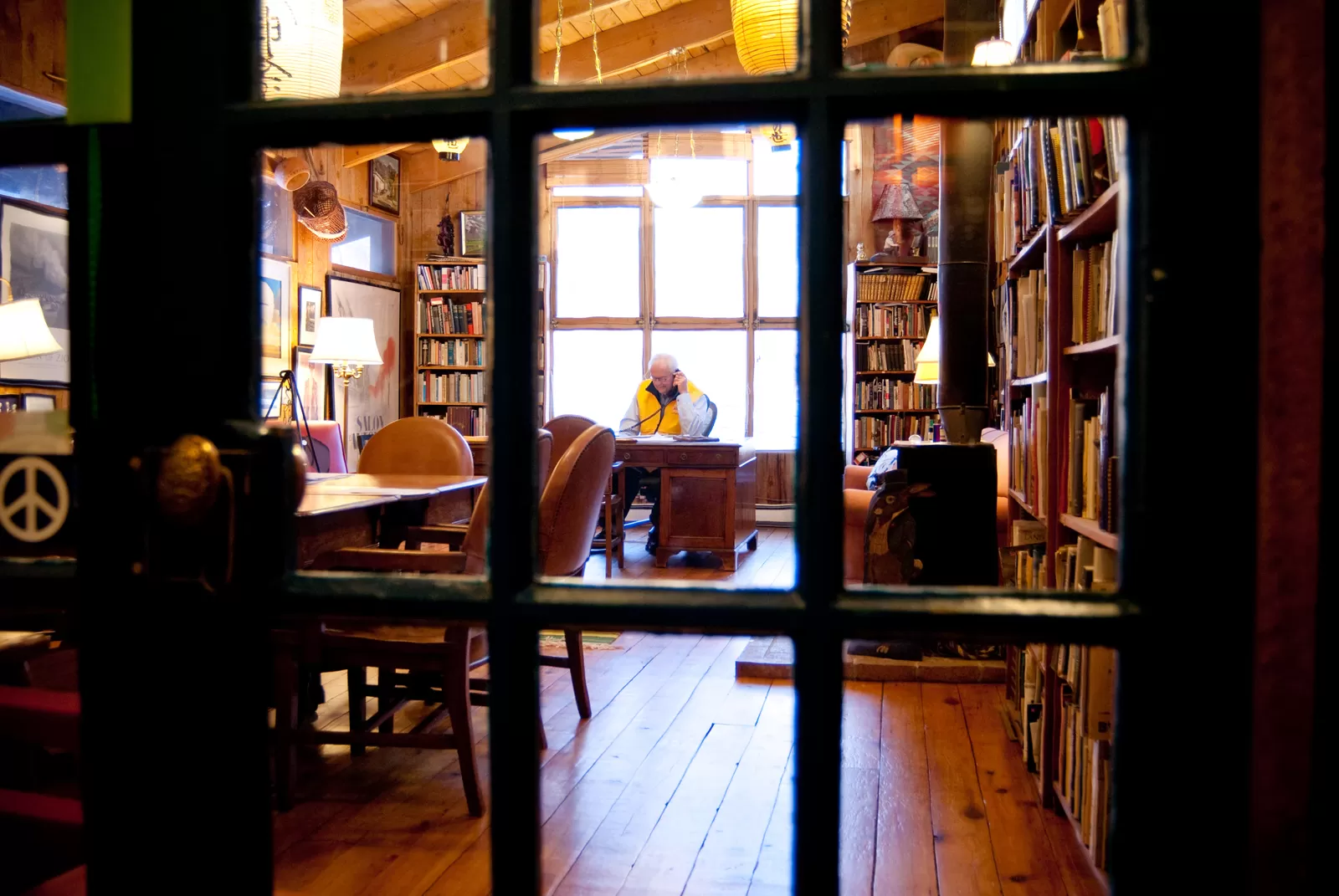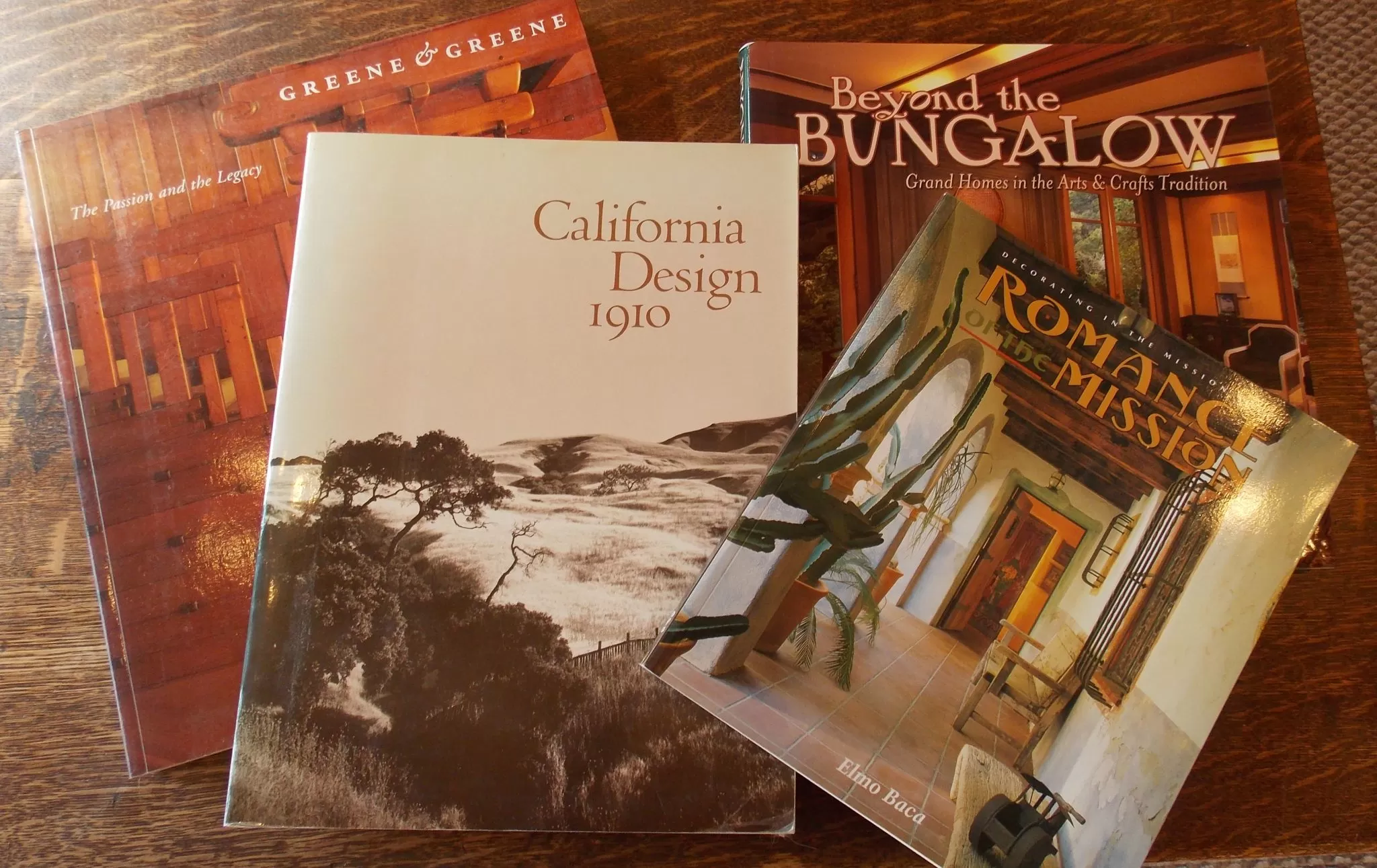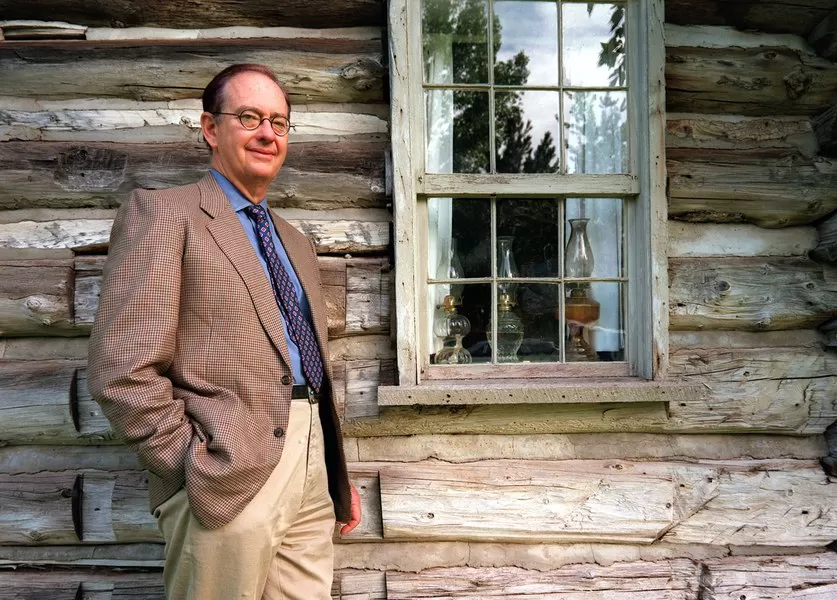Pioneer Publisher Gibbs Smith Passes Away
Sometimes our lives are changed by people we never get a chance to meet.
Not long after I left my budding, five-year career as a high school English teacher, I was awakened to the Arts and Crafts movement by the sight of twelve matching Roycroft chairs lining the basement wall of Joan Summerwill’s house in Iowa City. The year was 1979.
I lugged those massive Roycroft chairs home and started what has become a lifelong journey exploring the lives of various Arts and Crafts individuals and firms. It was a search that has endured several distractions, in part because in that pre-internet world we were limited to the printed word — and Arts and Crafts had not yet been discovered by the mainstream press.
But it had been by Gibbs Smith, living in Kaysville, Utah.

In 1969, Gibbs and his wife Katherine founded a small publishing company first called Peregrine Smith. They had one book: a biography of an obscure Utah labor leader by the name of Joe Hill. Gibbs Smith had written it as his graduate thesis while living in Santa Barbara, California. In 1973 the couple moved back to their family’s farm in Kaysville, where they operated their small book publishing business out of an old barn, first specializing in textbooks on Utah history.
Gibbs Smith’s early awareness of the Arts and Crafts movement undoubtedly grew out of his love for history, his time spent in California, and his interest in art, beginning with the Arts and Crafts artist Maynard Dixon (1875-1946), about whom Smith eventually published three books.

Soon after, Gibbs Smith published California Design 1910, the first book to chronicle the breath and depth of the Arts and Crafts movement in that state. He went on to publish several books on the Pasadena architects Henry and Charles Greene, then unleashed a steady stream of books which were responsible for introducing hundreds of thousands of people across the country to the Arts and Crafts movement and style: Romance of the Mission, Bungalow Plans, The New Bungalow, Beyond the Bungalow, The Beautiful Necessity, Bungalow Bathrooms, How To Work With an Architect, and Stickley’s Craftsman Homes.
I was one of them.
The company’s books were distinguished by Smith’s artistry and creativity, as well as his consummate ability as a wordsmith, said Betsy Burton, owner of The King’s English Bookshop.
“I can’t emphasize how highly respected that press is,” said Burton, whose book about her years as an independent bookseller was published by Gibbs Smith in 2005. “Every bookseller knows that press and buys his books.”
In 2014 Smith transferred ownership of his publishing house to his 43 employees, but continued to make regular trips from his home out to the converted barn that still serves as an office for the company. As the managing director recently declared, “We’re going to stay in the barn until the cows kick us out.”

This past October Gibbs Smith died at the age of 77 from complications resulting from an injury. Utah historians and booksellers mourned the loss of their friend, whom they termed a Western Renaissance man. “He was blessed with tremendous intellectual curiosity,” said John Sillito, an author and longtime friend, underscoring Smith’s warmth and thoughtfulness.
“He’s always been at the center of all kind of things — history, art, environmentalism, publishing — and he had a real impact on all of that,” said Sillito. “I’ve never known anyone who didn’t respect him, even if they didn’t agree with him.”
As for me, well, I never had the opportunity to meet Gibbs Smith, but I always agreed with his love and reverence for the Arts and Crafts movement.
Photos of Gibbs Smith courtesy of 15 Bytes.
